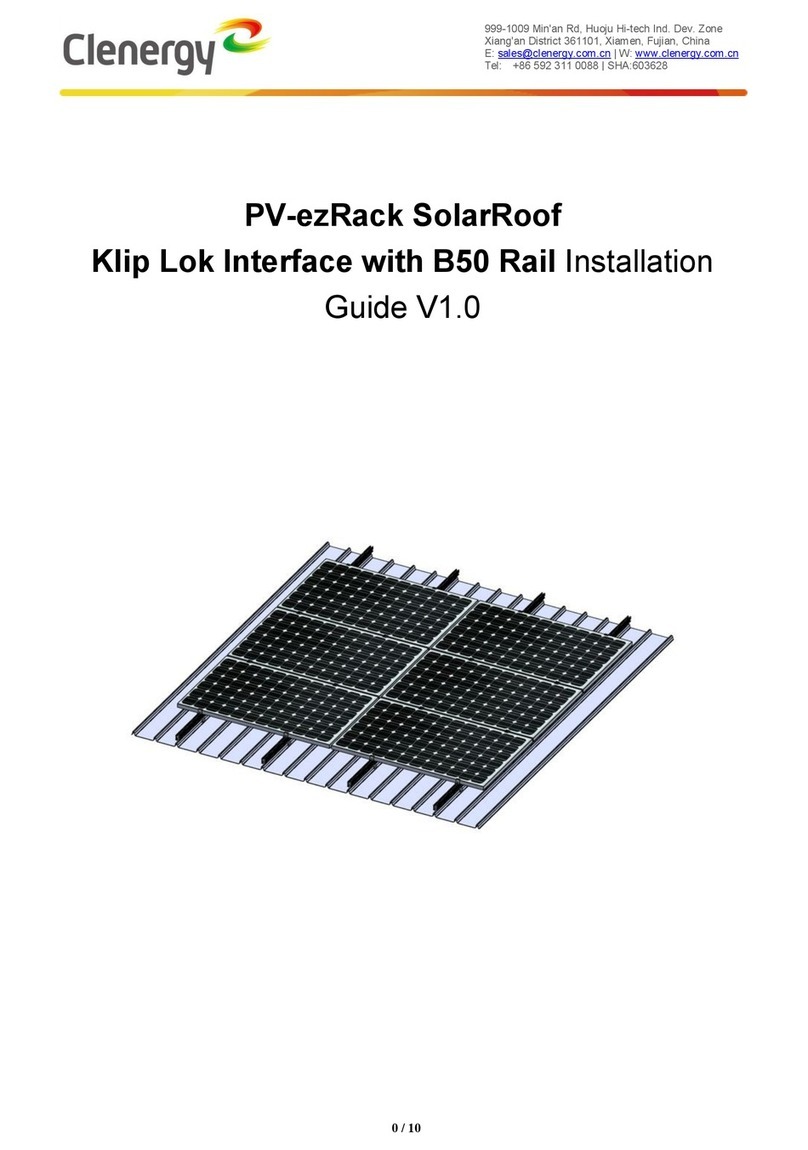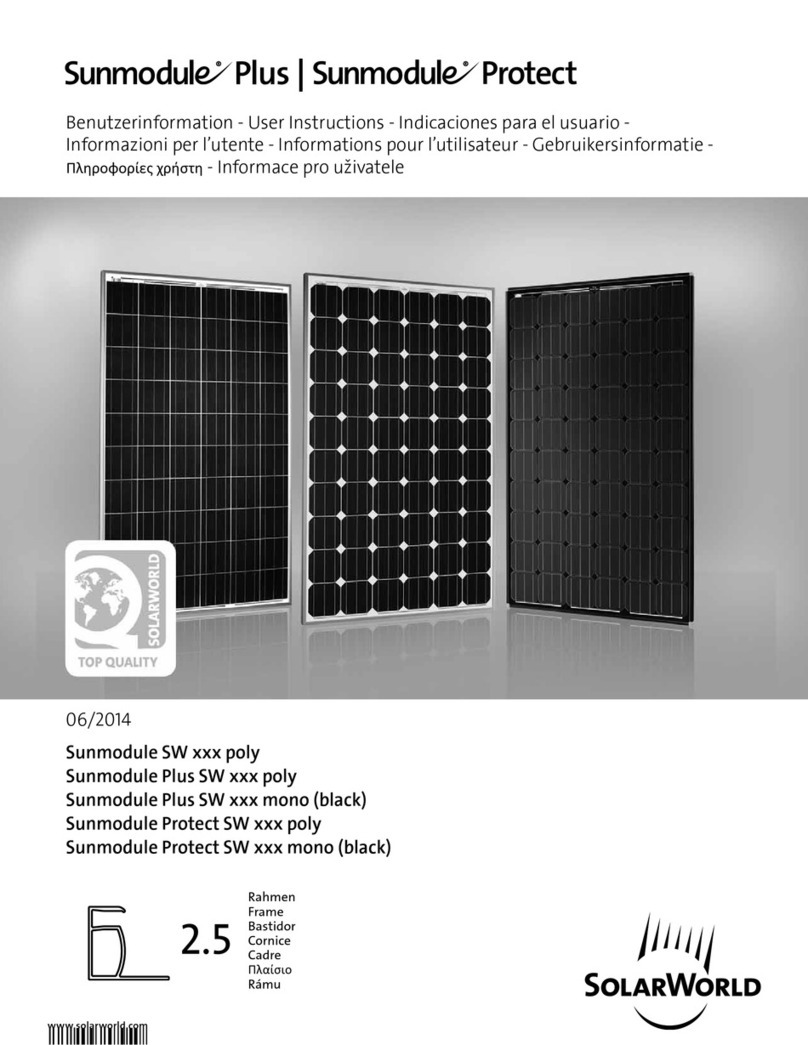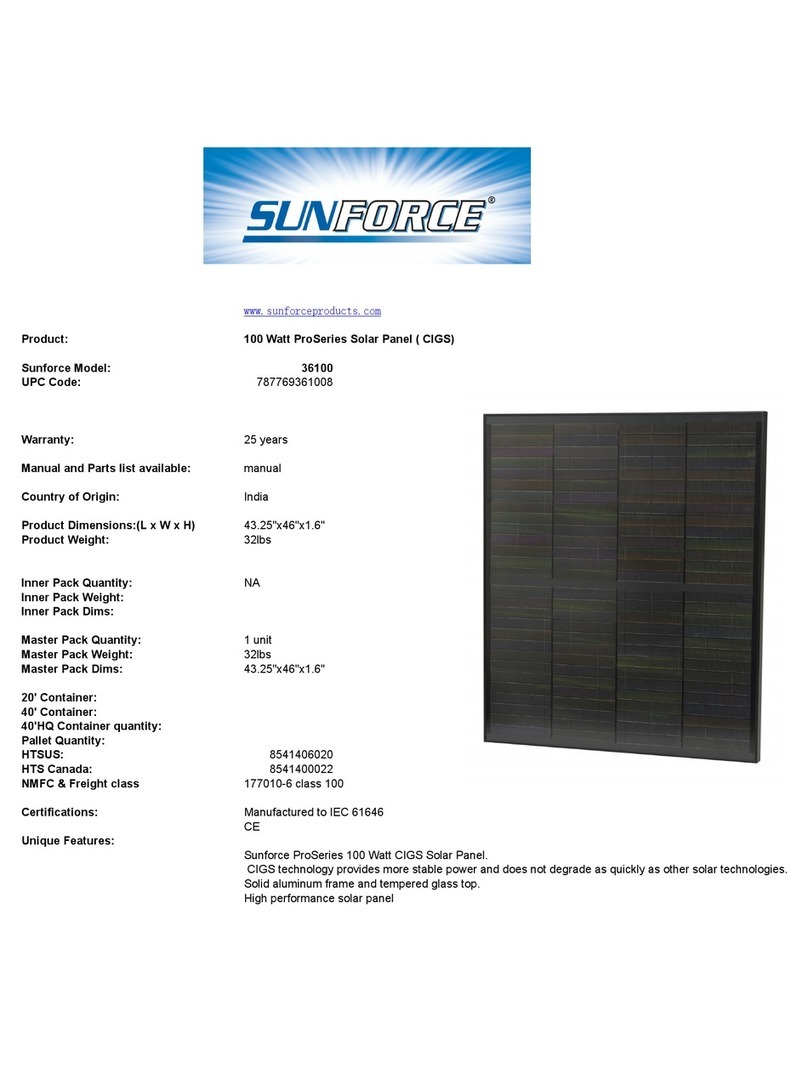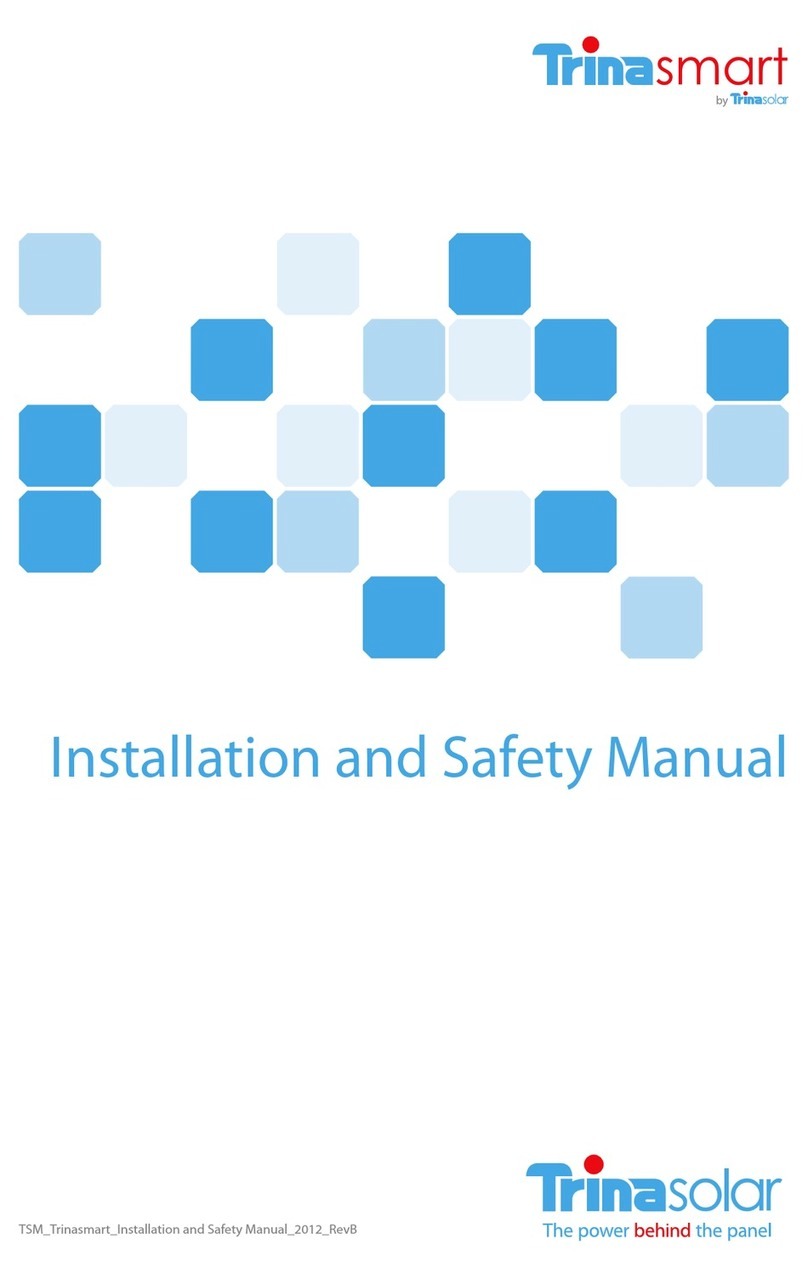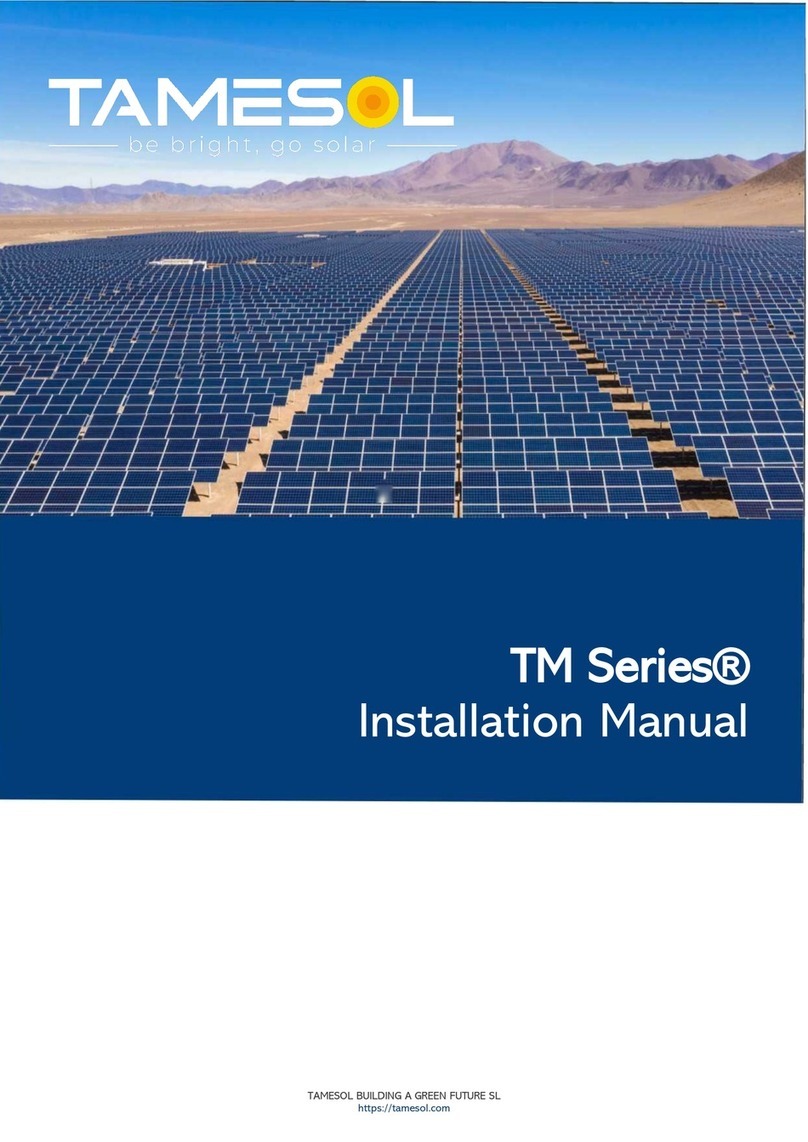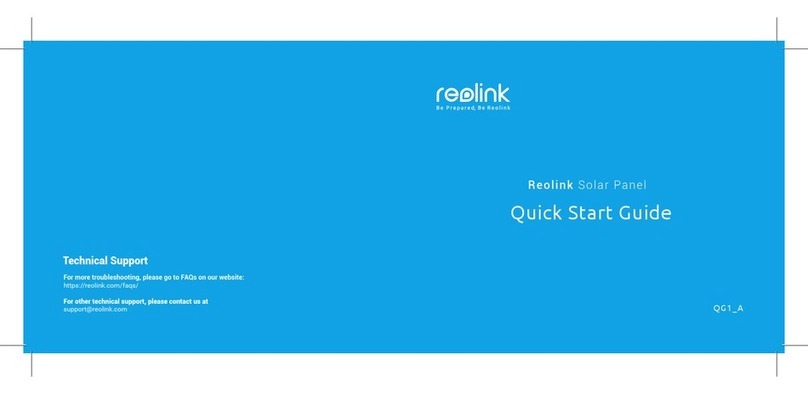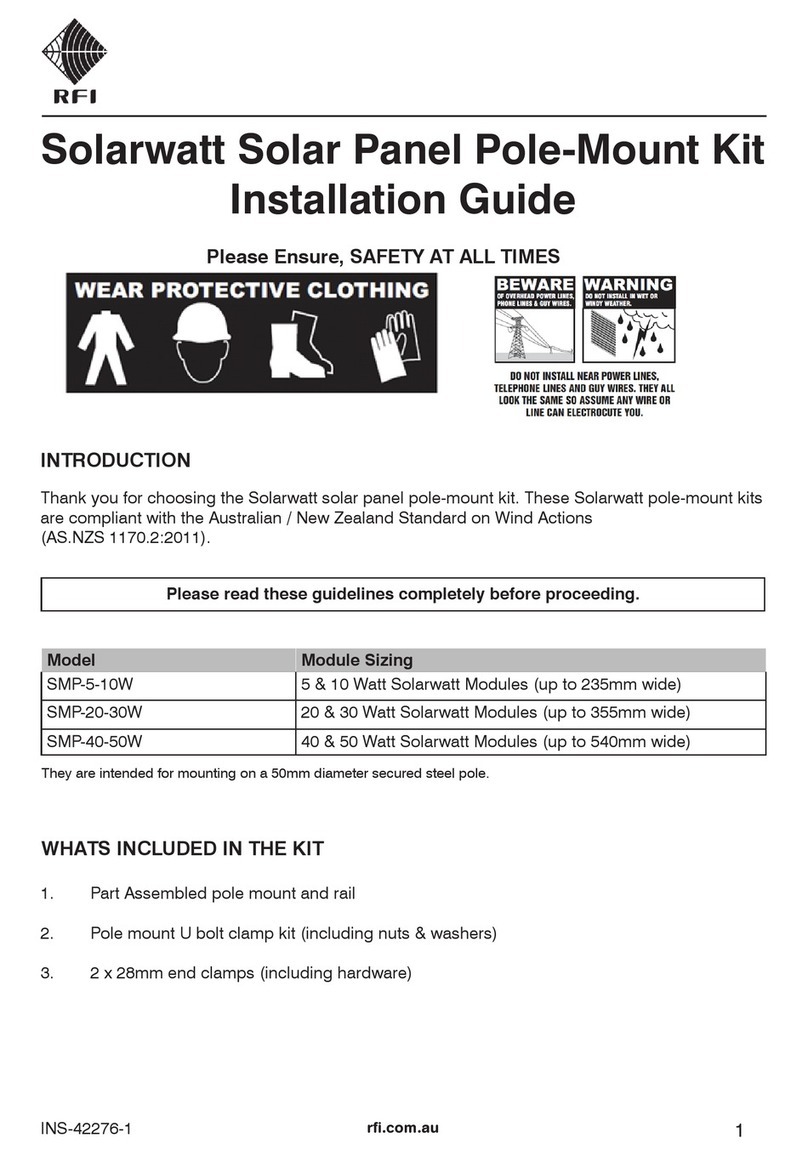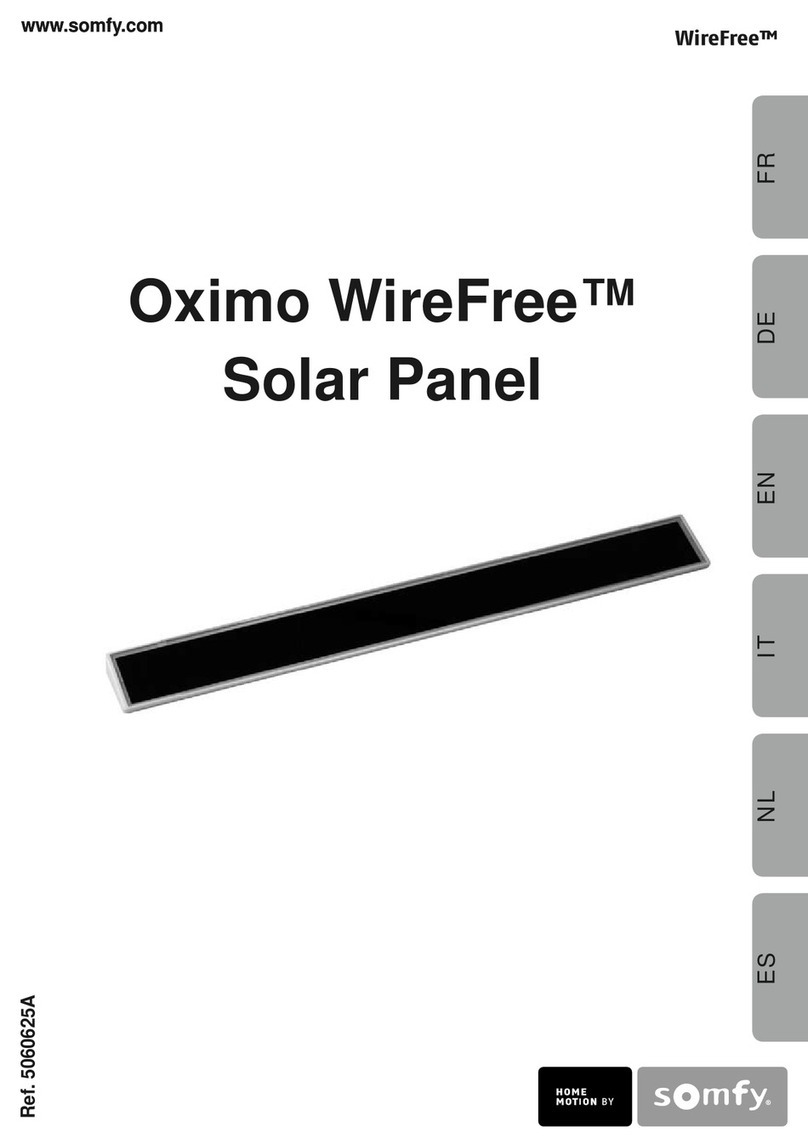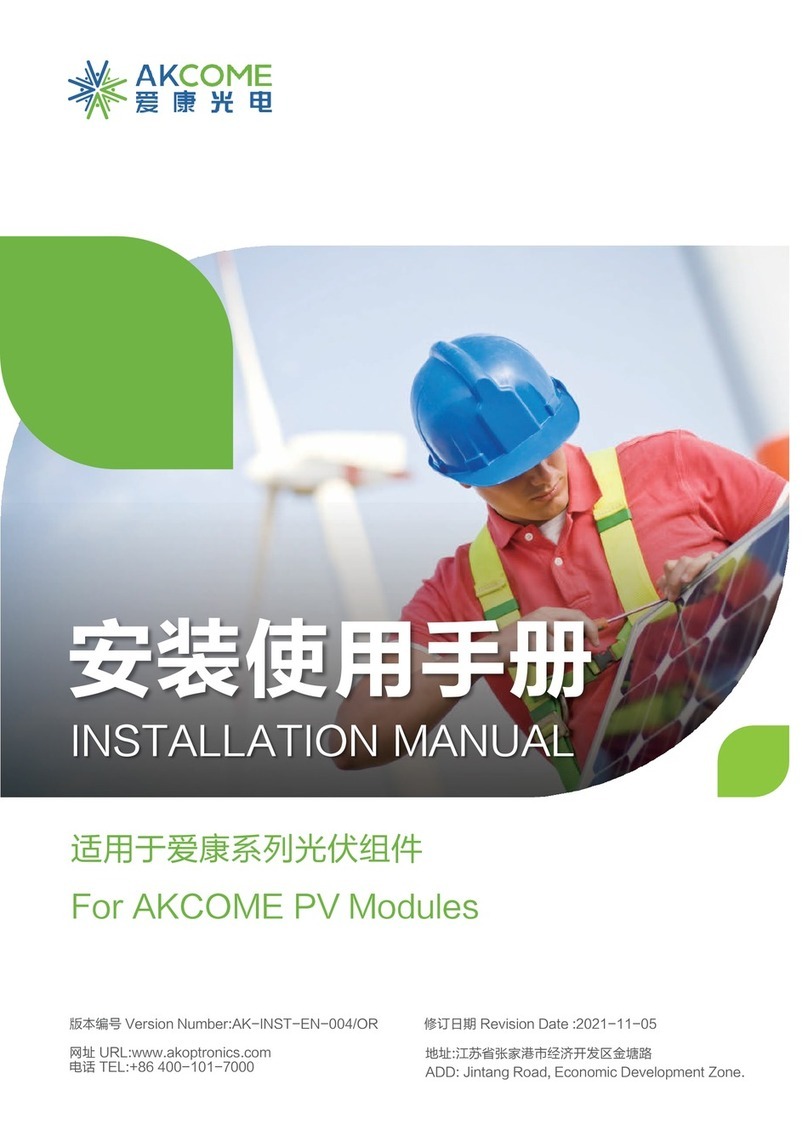ET-M660265xx
38.29 9.10 30.64 8.65 265
ET-M660270xx
38.68 9.12 30.83 8.76 270
ET-M660275xx
39.08 9.14 30.97 8.88 275
ET-M660280xx
39.26 9.23 31.01 9.03 280
ET-M660285xx
39.18 9.46 31.85 8.95 285
ET-M660290xx
39.68 9.59 32.12 9.03 290
ET-M660295xx
39.78 9.65 32.35 9.12 295
ET-M660300xx
39.97 9.69 32.54 9.22 300
ET-M660305xx 40.26 9.78 32.76 9.31 305
ET Mono,
ET-M672
series
ET-M672310xx 45.40 8.97 36.60 8.47 310
ET-M672315xx 45.91 9.01 36.72 8.58 315
ET-M672320xx 46.31 9.08 37.00 8.65 320
ET-M672325xx 46.54 9.11 37.11 8.76 325
ET-M672330xx 46.64 9.29 37.55 8.79 330
ET-M672335xx 46.75 9.33 37.94 8.83 335
ET-M672340xx 46.91 9.41 38.17 8.91 340
ET-M672345xx 47.13 9.48 38.38 8.99 345
ET-M672350xx 47.64 9.59 38.51 9.09 350
ET-M672355xx 47.74 9.65 38.93 9.12 355
ET-M672360xx 47.96 9.69 39.05 9.22 360
ET-M672365xx 48.22 9.77 39.38 9.27 365
ET-M672370xx 48.45 9.88 39.70 9.32 370
ET Poly,
ET-P636
series
ET-P636115xx 21.75 7.55 17.2 6.68 115
ET-P636120xx 21.75 7.63 17.4 6.89 120
ET-P636125xx 21.75 7.8 17.4 7.18 125
ET-P636130xx 21.75 8.1 17.41 7.47 130
ET-P636135xx 21.96 8.41 17.6 7.67 135
ET-P636140xx 22.54 8.42 17.95 7.8 140
ET Poly,
ET-P648
series
ET-P648180xx 29.34 8.25 23.66 7.61 180
ET-P648185xx 29.75 8.38 23.75 7.79 185
ET-P648190xx 29.81 8.63 23.86 7.96 190
ET-P648195xx 29.83 8.82 23.93 8.15 195
ET-P648200xx 30.06 8.92 24.1 8.3 200
ET-P648205xx 30.31 9.04 24.35 8.42 205
ET-P648210xx 30.34 9.17 24.5 8.57 210
ET-P648215xx 30.71 9.28 24.74 8.69 215
ET-P648220xx 31.07 9.35 25.06 8.78 220
ET-P648225xx 31.27 9.47 25.42 8.85 225
ET-P648230xx 31.68 9.58 25.76 8.93 230
ET Poly,
ET-P654
series
ET-P654180xx 32.35 7.6 26.45 6.81 180
ET-P654185xx 32.3 7.7 26.45 6.99 185
ET-P654190xx 32.5 7.72 26.78 7.1 190
ET-P654195xx 32.75 7.98 27 7.22 195
ET-P654200xx 32.72 7.86 27.21 7.36 200
ET-P654205xx 32.8 8.1 27.3 7.5 205
ET-P654210xx 32.83 8.3 27.54 7.63 210
ET-P654215xx 33.2 8.5 27.54 7.81 215
ET-P654220xx 33.2 8.8 27.54 7.98 220
ET-P654225xx 33.7 8.78 28.33 7.94 225
ET Poly,
ET-P660
series
ET-P660235xx 37.18 8.5 29.83 7.88 235
ET-P660240xx 37.27 8.68 29.96 8.02 240
ET-P660245xx 37.26 8.82 29.81 8.22 245
ET-P660250xx 37.58 8.88 30.12 8.3 250
ET-P660255xx 37.89 9 30.29 8.42 255
ET-P660260xx 38.16 9.07 30.59 8.5 260
ET-P660265xx 38.29 9.24 30.74 8.62 265
ET-P660270xx 38.72 9.31 30.97 8.72 270
ET-P660275xx 38.92 9.35 31.32 8.78 275
ET-P660280xx 39.16 9.47 31.68 8.84 280
ET Poly,
ET-P672
series
ET-P672285xx 44.65 8.58 35.86 7.95 285
ET-P672290xx 44.75 8.75 35.92 8.08 290
ET-P672295xx 44.92 8.82 36.02 8.19 295
ET-P672300xx 45.1 8.99 35.68 8.41 300
ET-P672305xx 45.18 9.04 36.23 8.42 305
ET-P672310xx 45.65 9.08 36.54 8.49 310
ET-P672315xx 45.75 9.12 36.81 8.56 315
ET-P672320xx 45.94 9.24 37.13 8.62 320
ET-P672325xx 46.31 9.28 37.28 8.72 325
ET-P672330xx 46.65 9.35 37.58 8.78 330
ET-P672335xx 46.83 9.47 37.9 8.84 335
Note:
xx can cover one or multiple model following:
WW/WB/BB/WWZ/WBZ/BBZ/WWG/WWGZ/WBG/WBGZ/BBZ/BBGZ/WWCO/WBCO/BBCO.










